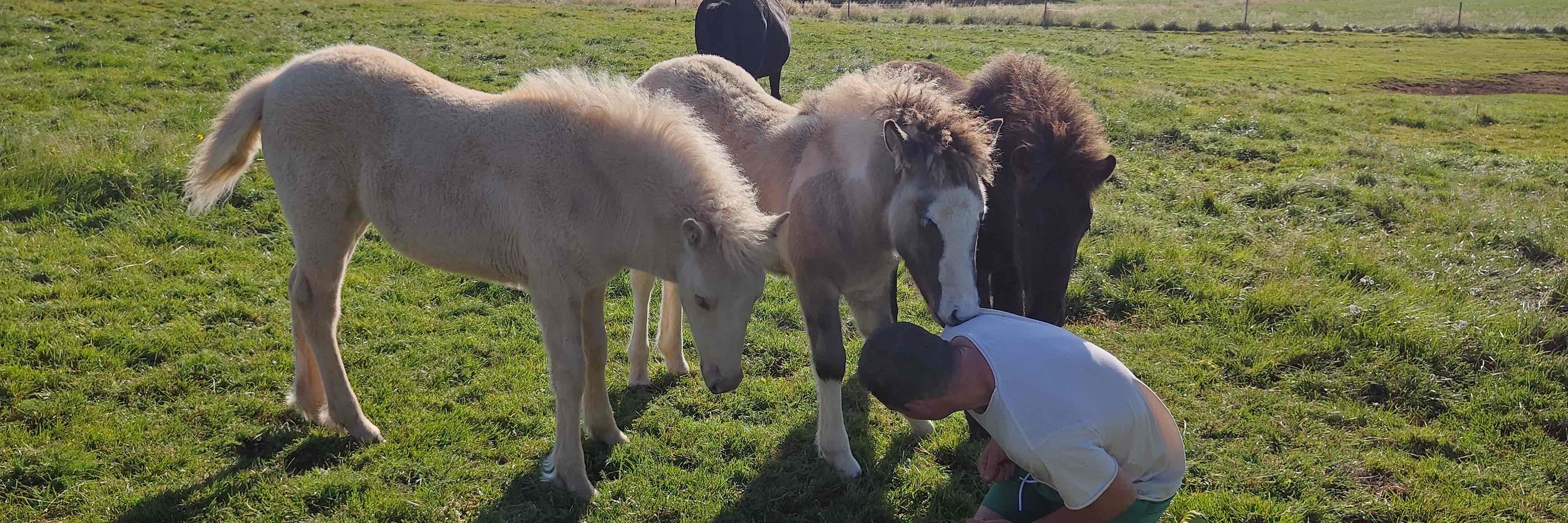
https://scholar.google.com/citations?hl=en&user=_owb98cAAAAJ&view_op=list_works&sortby=pubdate
blogs.lse.ac.uk/impactofsoci...

blogs.lse.ac.uk/impactofsoci...


#Melanoma

#Melanoma
www.wnycstudios.org/podcasts/otm...


Huge congrats to shared first authors Sofía Ibáñez-Molero & Johanna Veldman, the whole team & all collaborators.
📄 Open-access paper: www.nature.com/articles/s41...

Huge congrats to shared first authors Sofía Ibáñez-Molero & Johanna Veldman, the whole team & all collaborators.
📄 Open-access paper: www.nature.com/articles/s41...


1. Introduced a broad definition of “biomolecular condensates,” promoting acceptance that a unifying mechanism may underlie all membrane-less compartments.

1. Introduced a broad definition of “biomolecular condensates,” promoting acceptance that a unifying mechanism may underlie all membrane-less compartments.
As noted yesterday: the in-vitro assay in the 2016 @cp-cell.bsky.social Cell paper from @brangwynnelab.bsky.social (dx.doi.org/10.1016/j.cell.2016.04.047) led to wrong conclusions about NPM1 LLPS in nucleolar assembly.
(see image)

As noted yesterday: the in-vitro assay in the 2016 @cp-cell.bsky.social Cell paper from @brangwynnelab.bsky.social (dx.doi.org/10.1016/j.cell.2016.04.047) led to wrong conclusions about NPM1 LLPS in nucleolar assembly.
(see image)




www.biorxiv.org/content/10.1...

www.biorxiv.org/content/10.1...

futurism.com/artificial-i...






